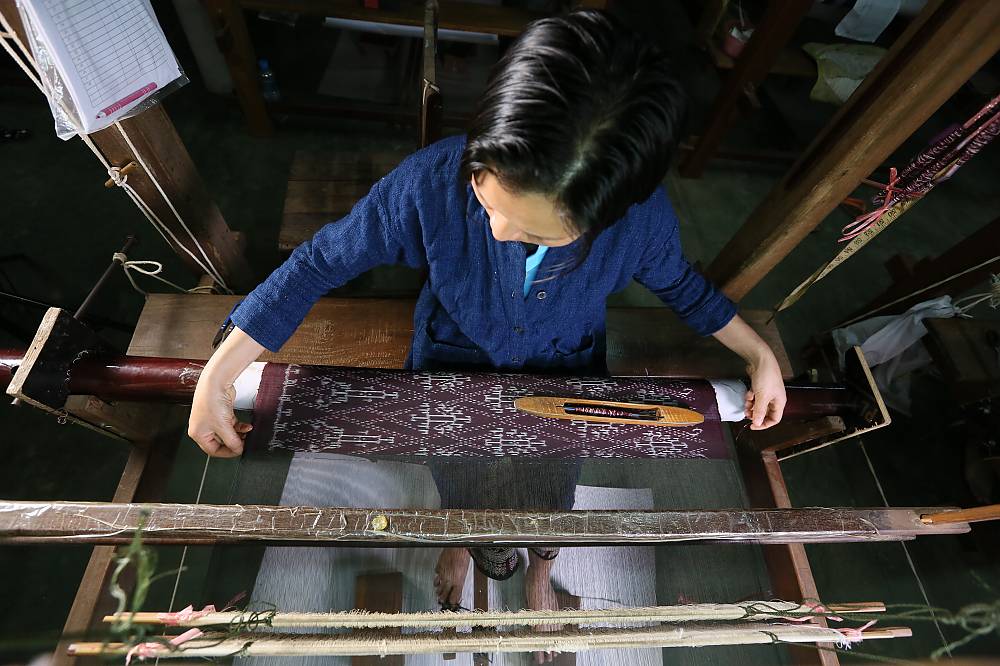Laos has once again secured a spot on the UNESCO Intangible Cultural Heritage List. This time for its traditional weaving of the Naga motif.
On 6 December, the UNESCO Intergovernmental Committee designated Lao craft weaving and Thailand’s Songkran Festival as Intangible Cultural Heritage of Humanity.
Women across Laos weave Naga designs onto their traditional skirts for protection and strength. The snake-like mythical beings (Nagas) in Lao folklore are generally benevolent and are believed to protect humans from illness, hunger, and spirits, but when angered, they unleash floods, storms, and disasters.
Lao textiles intricately weave the stories of the people through symbols and motifs, serving as visual narratives. These designs, ranging from mythical creatures to elements inspired by nature, not only convey rich cultural tales but also reveal information about a person’s marital status, ethnic identity, and origin.
As Laos prepares to celebrate this cultural achievement, in neighboring Thailand, Prime Minister Srettha Thavisin extends a warm invitation to visitors from across the globe to partake in and savor the unique experience of the Songkran Festival, or Thai New Year, which was also inscribed on the UNESCO Intangible Heritage of Humanity list.
To further celebrate this prestigious acknowledgment, the Thai Ministry of Cultural Promotion will host a week-long event in Bangkok starting on 7 December. The celebration will replicate the traditional Songkran festivities, traditionally observed annually from 13-15 April and renowned for their vibrant water fights, symbolizing the purification of the past year’s tribulations. Other integral aspects of Songkran include family reunions, temple visits, and the performance of traditional rituals.

The UNESCO recognition of the Lao Naga motif weaving marks the fifth acknowledgment of Lao cultural heritage after three sites became UNESCO World Heritage sites—Luang Prabang Town, Plains of Jars in Xieng Khouang, and Vat Phou in Champasak—and one was inscribed on the Intangible Heritage list—Lao khaen music.
The inscription of the Thai Songkran Festival on the UNESCO listing also marks the fourth achievement of Thai cultural heritage, following the Khon dance drama, traditional Thai massage, and Nora dance.



